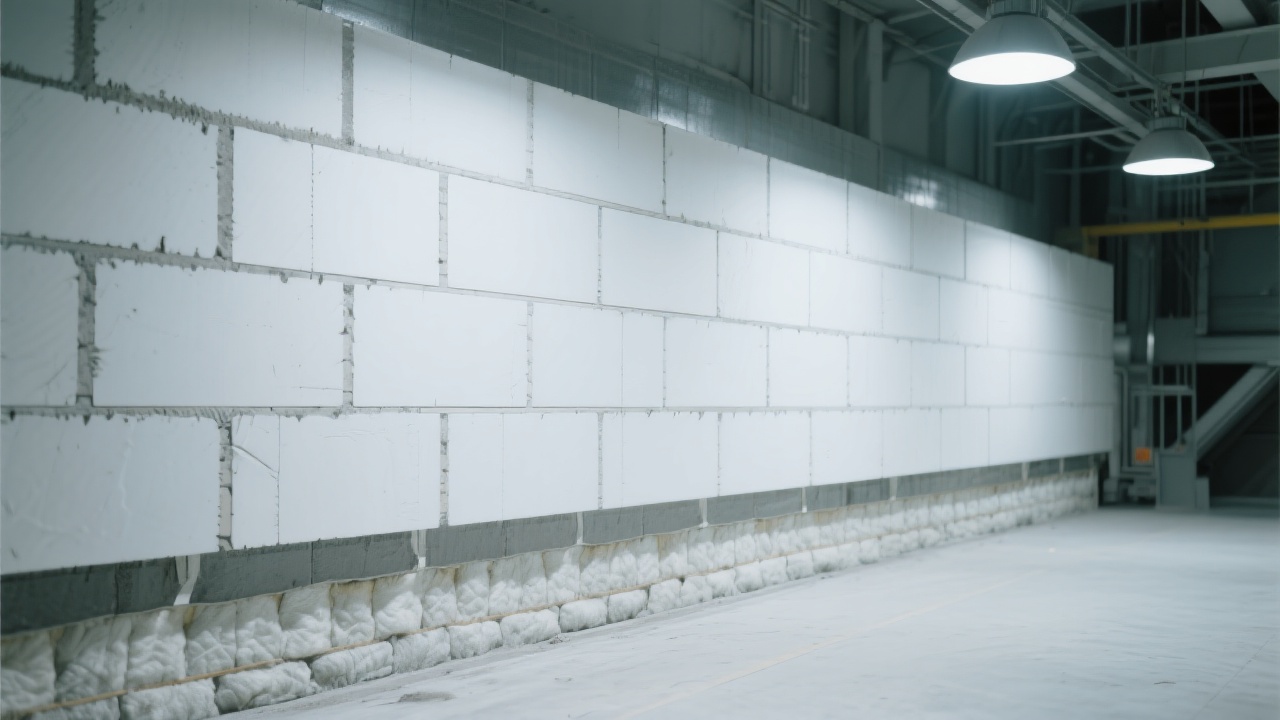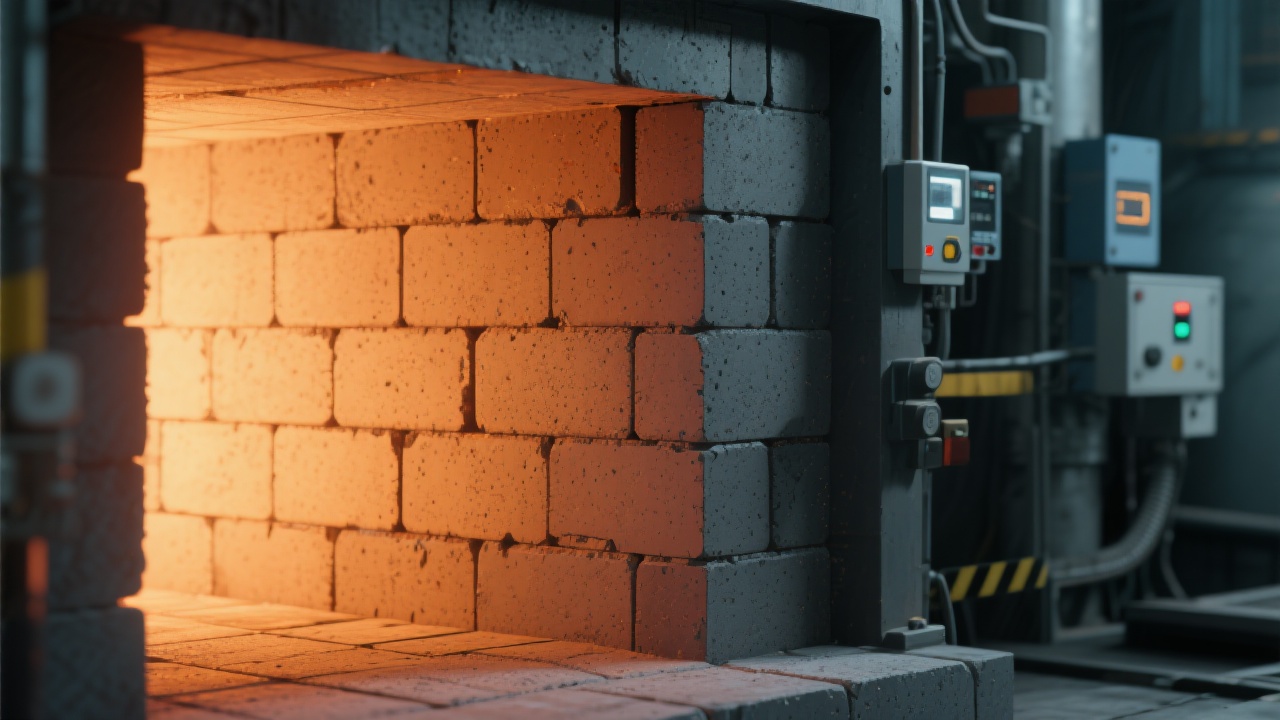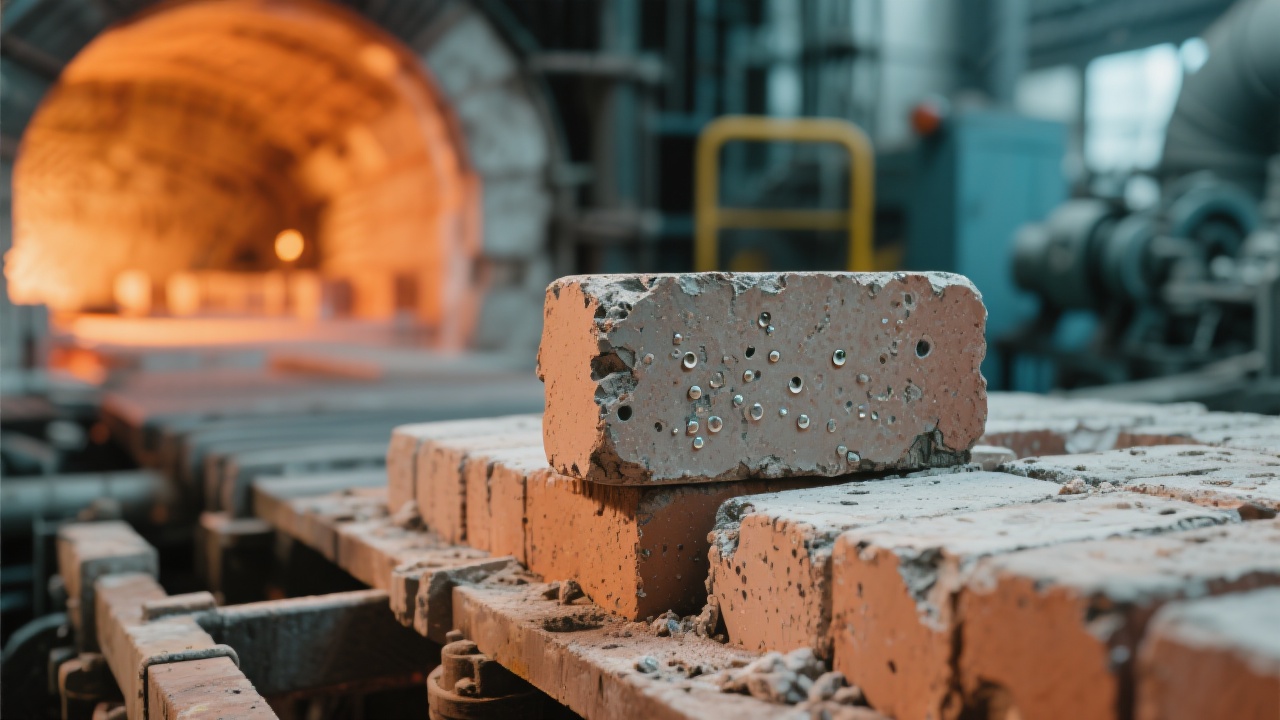
In the current industrial landscape, energy wastage remains a pressing challenge, directly impacting operational costs and environmental footprints. Traditional refractory materials, especially standard silicon bricks, often fall short of meeting the evolving demands for enhanced thermal management. Enter high thermal conductivity silicon bricks—a breakthrough product engineered with structural innovations that deliver superior heat transfer and marked energy savings.
Conventional silicon bricks typically possess larger, irregularly distributed pores, which severely limit thermal conductivity. Industrial furnaces and kilns relying on such materials suffer inefficiencies due to heat retention within micro-pores, resulting in increased fuel consumption and operational costs. Studies indicate that standard silicon bricks exhibit an average thermal conductivity of approximately 1.4 W/m·K, constrained largely by pore size averaging 40-50 microns in diameter.
High thermal conductivity silicon bricks have redefined material science by optimizing the internal microstructure. Key advancements include:
These microstructural improvements elevate thermal conductivity up to 2.5 W/m·K—an 80% improvement over standard counterparts—directly correlating to faster heat transfer and less energy loss.

Manufacturing plants implementing high thermal conductivity silicon bricks report tangible energy savings. A case study from a ceramics producer revealed:
| Parameter | Traditional Silicon Brick | High Thermal Conductivity Brick |
|---|---|---|
| Average Pore Size (μm) | 45 | 18 |
| Thermal Conductivity (W/m·K) | 1.4 | 2.5 |
| Energy Consumption Reduction (%) | - | 18 |
| Improved Product Quality Rate (%) | 92.5 | 97.8 |
This significant 18% reduction in energy consumption translates directly into cost savings and lower carbon emissions. Furthermore, enhanced thermal stability ensures more consistent product quality, reducing wastage and reprocessing.

Adopting high thermal conductivity silicon bricks is more than an operational upgrade; it is a strategic move supporting corporate sustainability and competitive advantage. With tightening environmental regulations and rising energy costs, businesses can secure long-term resilience by investing in advanced refractory technology.
The enhanced heat transfer efficiency enables "smarter" production lines—cutting downtime due to thermal stress and accelerating throughput. These factors collectively bolster market responsiveness and brand reputation in sustainability-conscious sectors.

Choosing high thermal conductivity silicon bricks means selecting a material engineered for precision energy management—ultimately saving every degree of electricity cost and allowing your production line to operate more intelligently.
Are you ready to transform your thermal infrastructure and unlock sustainable energy savings? Engage with industry experts to explore tailored solutions that fit your unique production demands.

